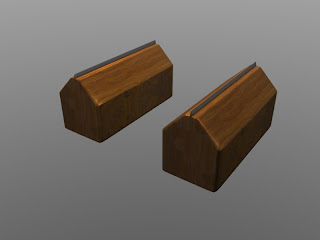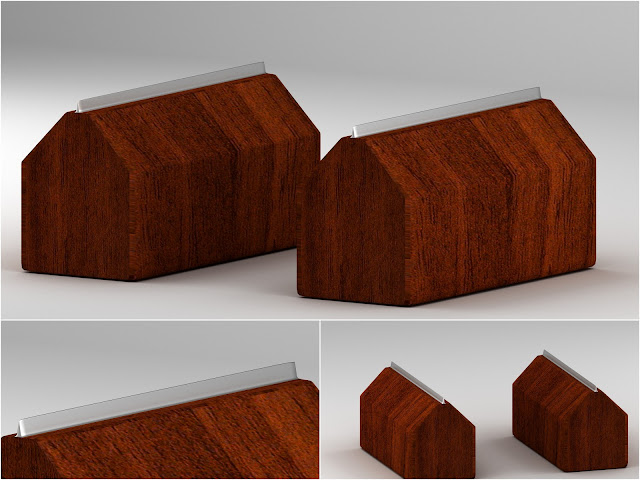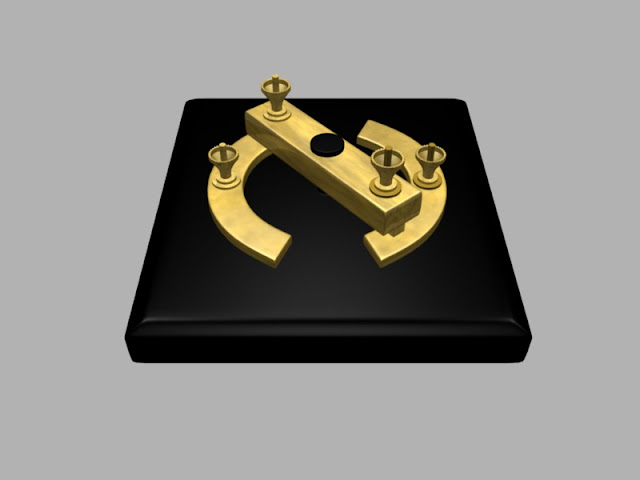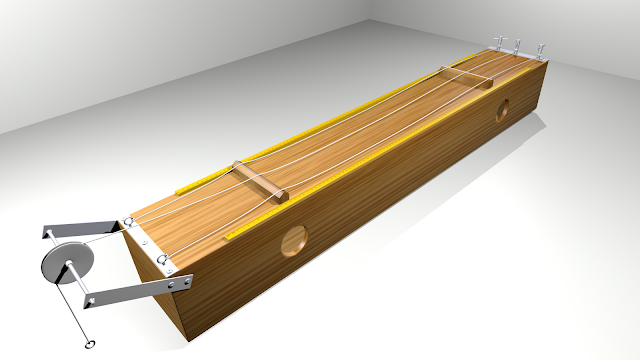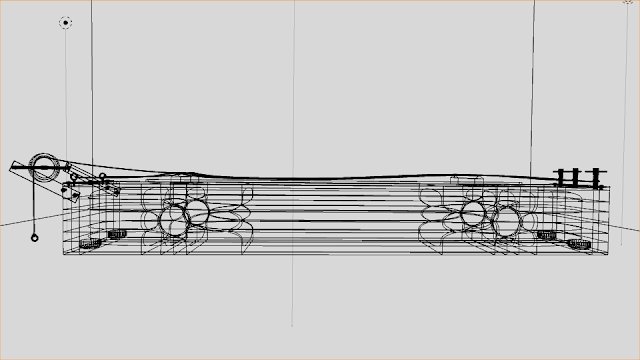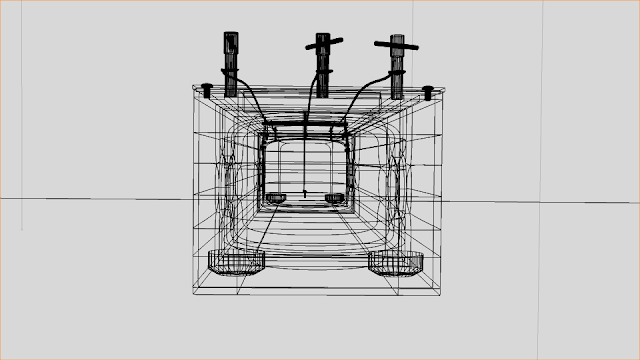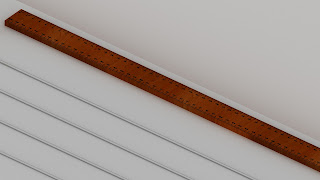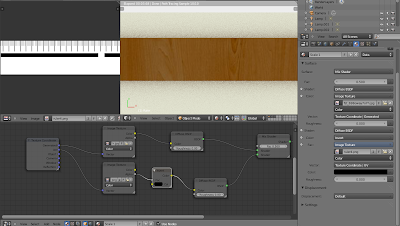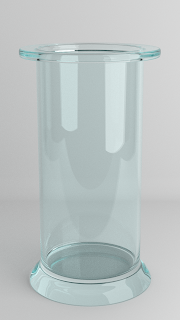Hello,
3D models of the following had been made in Blender 2.49 version for Project OSCAR 3D model Repository and were rendered in Blender Internal Render engine.
I have re-done the material and lighting of these models in Blender 2.63 version and rendered with Cycles render engine.
3D models of the following had been made in Blender 2.49 version for Project OSCAR 3D model Repository and were rendered in Blender Internal Render engine.
I have re-done the material and lighting of these models in Blender 2.63 version and rendered with Cycles render engine.
A capacitor (originally known as condenser) is a passive two-terminal electrical component used to store energy in an electric field. The forms of practical capacitors vary widely, but all contain at least two electrical conductors separated by a dielectric (insulator).









